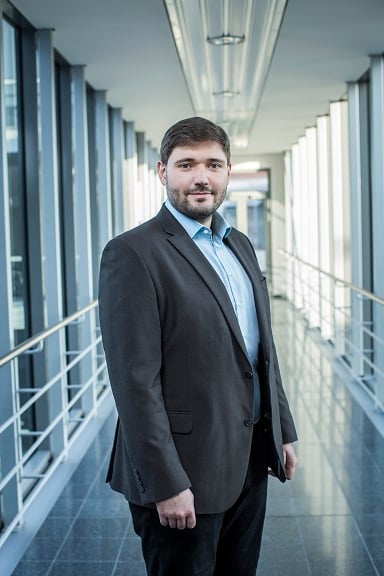L-027 Summary of NIMIC 1994 Workshop on What Makes a Useable New Energetic Material ?
The NATO Insensitive Munitions Information Center (NIMIC) held a workshop on "What Makes A Useable New Energetic Material?" at NATO HQ in Brussels, Belgium on 22-24 June 1994. Fifty-five specialists, including the NIMIC staff and delegates from the NIMIC participating nations (CA, FR, NL, UK and US), attended the 3 day meeting.
The purpose of this meeting was to try to define the criteria which make it possible to judge whether a new energetic material (propellant, high explosive or pyrotechnic) is likely to be suitable for military applications at each stage of its development. Meeting participants ranged from formulators, those who predict structural property relationships and properties of unknown materials, to those that set requirements and use energetic materials.
Workshop attendees were divided into sub-groups to address:
- (1) the prediction of properties of energetic compounds and materials;
- (2) the synthesis and formulation of energetic compounds and materials;
- (3a) the qualification and the determination and assessment of safety characteristics of energetic materials;
- (3b) the determination and assessment of performance characteristics of energetic materials;
- (4) the requirements for energetic materials and a logic tree (protocol) for their scale-up and development.
Results from group discussions conducted during the workshop have broad applications to the development of any energetic material and produced the following:
- a protocol to help avoid unnecessary investment in energetic material developments when it could be shown from an early stage that a material is extremely unlikely to ever be qualified for use;
- an assessment of the state of the art in modelling, synthesis and formulation of energetic materials and their likely future directions;
- an analysis of criteria that have been used in the past to decide whether a material should be developed or not;
- a definition of what properties are required for the qualification of materials, and the combination of these with the latest understanding of the characteristics of energetic materials that define their performance and safety.
This paper summarizes the findings, conclusions and recommendations derived from each group as well as follow-on activities to the workshop. The material for this paper has been abstracted from the 300-page NIMIC workshop report having the same subject as the paper and identified as NIMIC-S-275-94 (ref 1).






